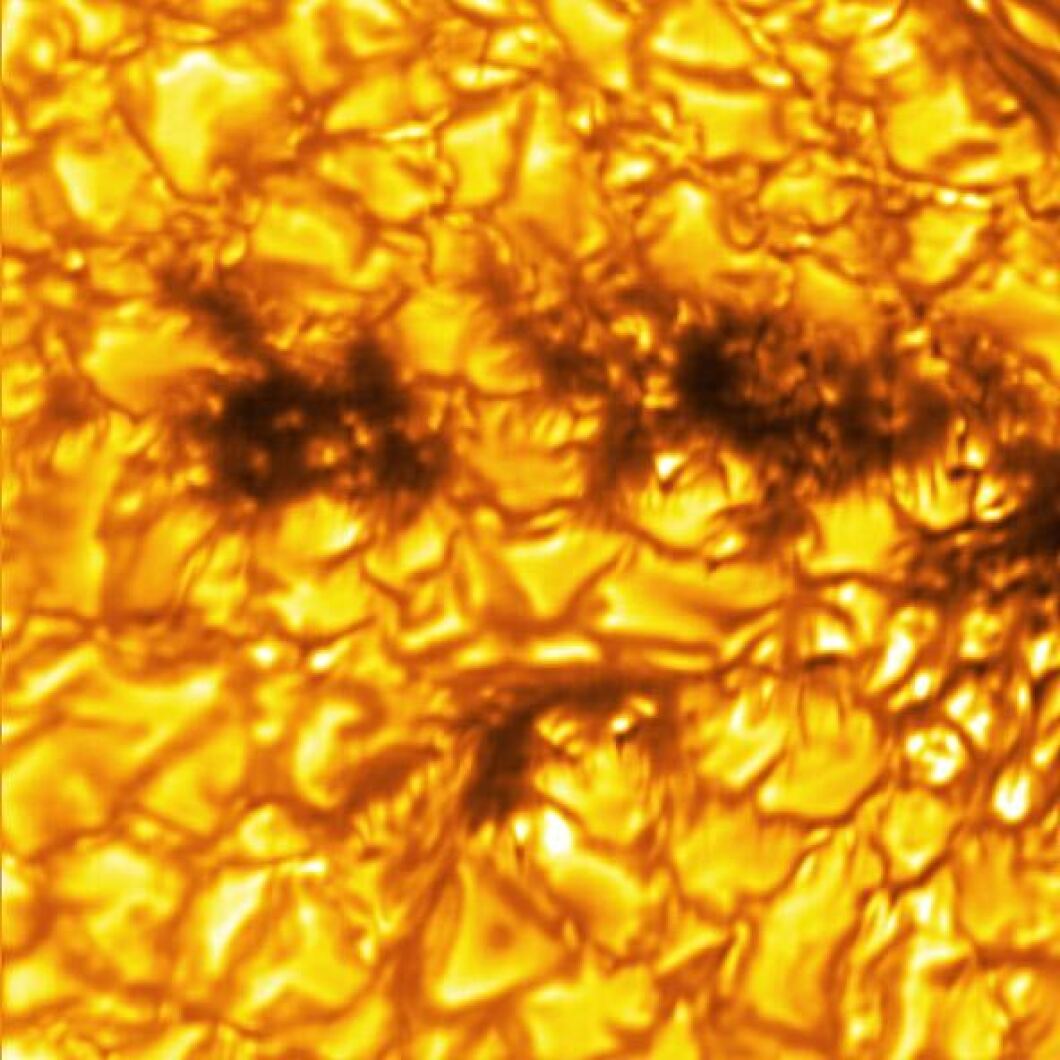
New close-up images of the sun from the National Science Foundation’s Daniel K. Inouye Solar Telescope show plasma that looked like close-up shots of honeycombs.
The eight images, captured by the telescope’s Visible-Broadband Imager, detailed some sunspots on the sun, which are dark and cool regions on the sun’s “surface” known as the photosphere. Sunspots can vary in size, but most are the size of Earth or larger.
TEXAS HOUSE PASSES BILL TO CURB RENEWABLE ENERGY GROWTH
The images are “previewing the exciting science underway at the world’s most powerful ground-based solar telescope,” the National Solar Observatory said in a news release on Friday.

Processing: Friedrich Wöger(NSO), Catherine Fischer (NSO)
Science Credit: Jaime de la Cruz Rodriguez (Stockholm University)
A group of sunspots, or complex ones, can be the source of flares and coronal mass ejections that generate solar storms. Although large flares are rare, they can cause damage or disruption to Earth‘s infrastructure. The telescope’s ability to capture solar data in unprecedented detail will help scientists learn more about magnetic fields and drivers behind solar storms.
CLICK HERE TO READ MORE FROM THE WASHINGTON EXAMINER
The new telescope will work in conjunction with other solar telescopes, such as the Solar Orbiter, a collaborative mission of the European Space Agency and NASA launched into space in February 2020, and the Parker Solar Probe, a NASA spacecraft that was launched in 2018.
The newly released images make up a small fraction of the data obtained from the first cycle of its operations commissioning phase, which is the learning and transitioning period for the observatory, located in Hawaii.



